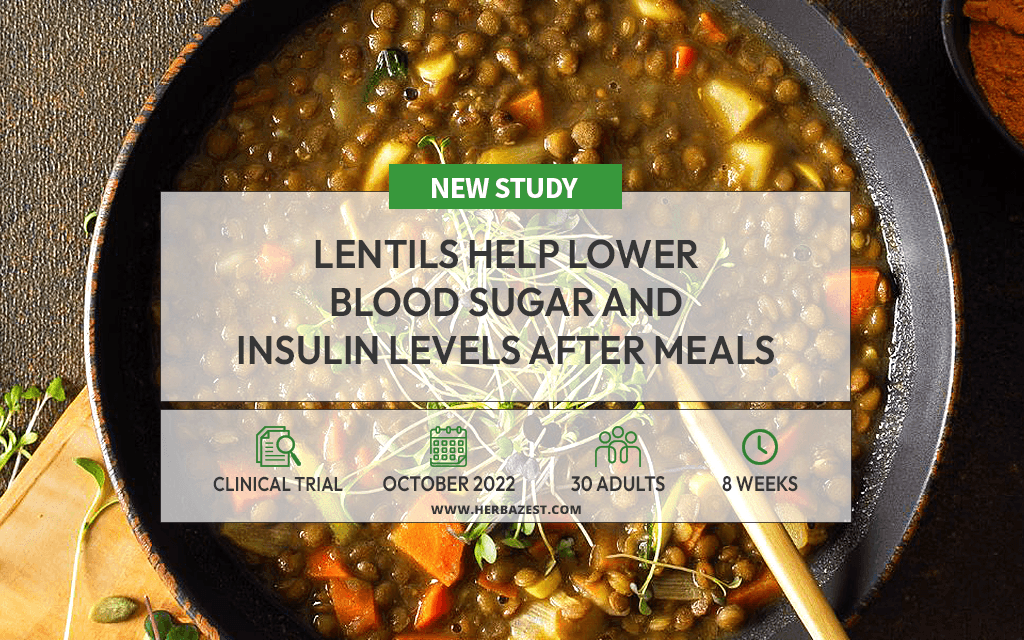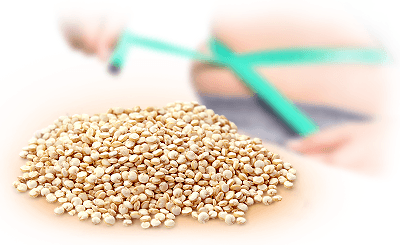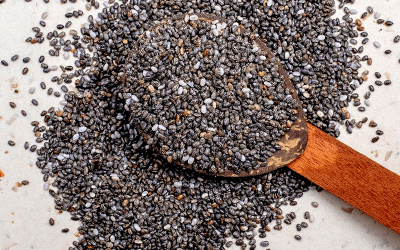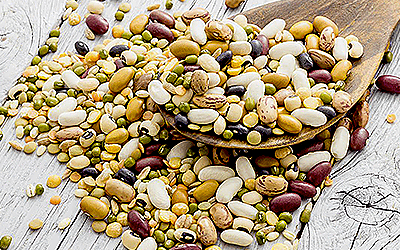Despite decades of evidence linking plant-based diets to better health, the average American still struggles to embrace legumes.1,2 Lentils, small but mighty members of the pulse family, are rich in fiber, protein, and essential nutrients. Their low glycemic index and slow-digesting carbohydrates make them ideal for maintaining steady blood sugar levels. Yet, lentils are often overlooked, partly due to misconceptions about their digestibility and appeal. A new study sought to challenge that narrative by investigating the effects of eating lentils on metabolic markers in adults at risk for chronic diseases, particularly those with central obesity.
The Study
Researchers conducted an 8-week dietary intervention with 30 adults who had increased waist circumference, a key risk factor for metabolic disorders. Participants were divided into three groups: one received no lentils (control), another consumed 300 grams per week (moderate), and the third consumed 600 grams per week (high).
All meals were isocaloric and consumed midday to maximize lentils' "second-meal effect," a phenomenon where glycemic control improves even in the next meal. The study focused on insulin resistance, blood glucose response, and satiety, while also tracking gastrointestinal symptoms.
The Results
Hepatic insulin resistance, a critical factor in type 2 diabetes, increased in the control group but decreased in both lentil groups. The high-lentil group saw the most improvement.
Also, satiety significantly improved with lentil consumption, helping participants feel fuller for longer, which is an important factor in preventing overeating.
Surprisingly, gastrointestinal issues, often cited as a reason to avoid legumes, were mostly mild or nonexistent. Over 87% of participants reported no to mild symptoms, and common concerns like bloating and cramping were barely noticeable.
What Does this Mean?
This study shows that lentils can help lower insulin resistance, a key factor in developing type 2 diabetes, especially in people with excess belly fat. Eating lentils a few times a week improved blood sugar response and helped participants feel fuller longer, both of which support better metabolic health.
Just as important, most people had little to no digestive discomfort, even at higher intake levels. This challenges the common belief that lentils are hard to digest. For those looking to improve their diet, lentils are a simple, evidence-based option. They're versatile, affordable, and easy to add to meals.
Other fiber-rich plant foods like chickpeas, black beans, quinoa, and barley offer similar benefits.
Sources
- Nutrition Research, Eight weeks of lentil consumption attenuates insulin resistance progression without increased gastrointestinal symptom severity: A randomized clinical trial, 2022
Footnotes:
- Nutrients. (2020). Legume Consumption Patterns in US Adults: National Health and Nutrition Examination Survey (NHANES) 2011-2014 and Beans, Lentils, Peas (BLP) 2017 Survey. Retrieved March 28, 2025, from https://pmc.ncbi.nlm.nih.gov/articles/PMC7281997
- Frontiers in Nutrition. (2021). Patterns of Legume Purchases and Consumption in the United States. Retrieved March 28, 2025, from https://pubmed.ncbi.nlm.nih.gov/34712687/




